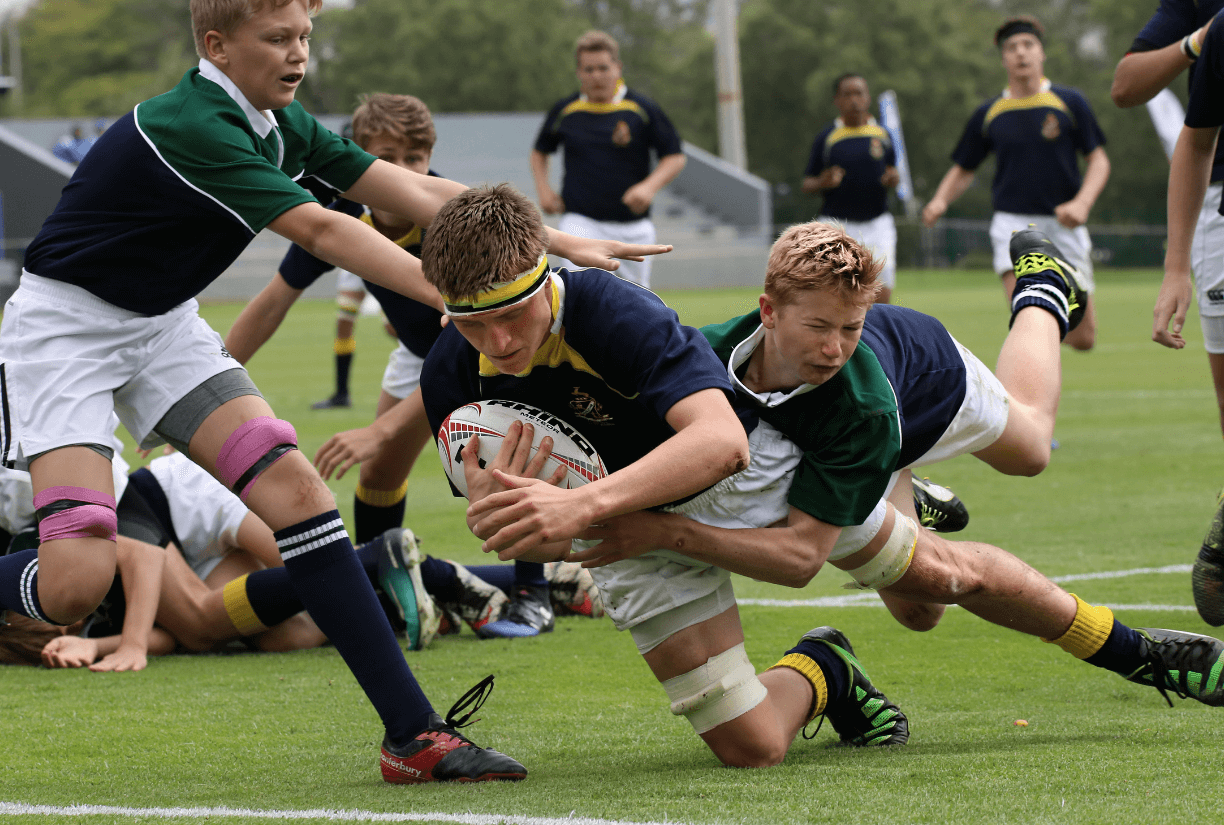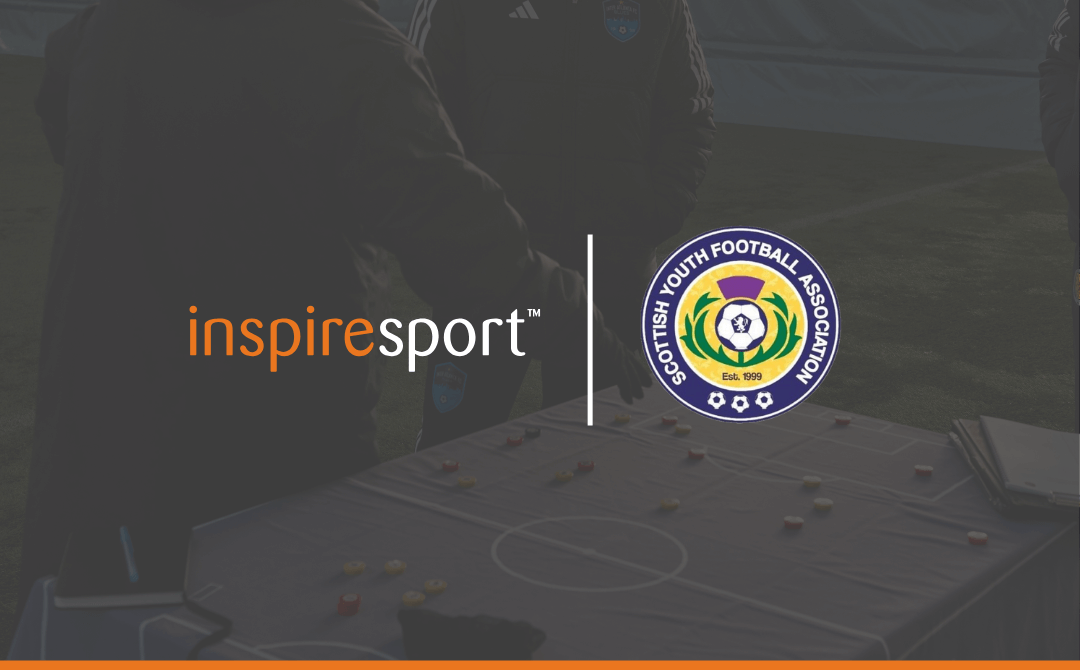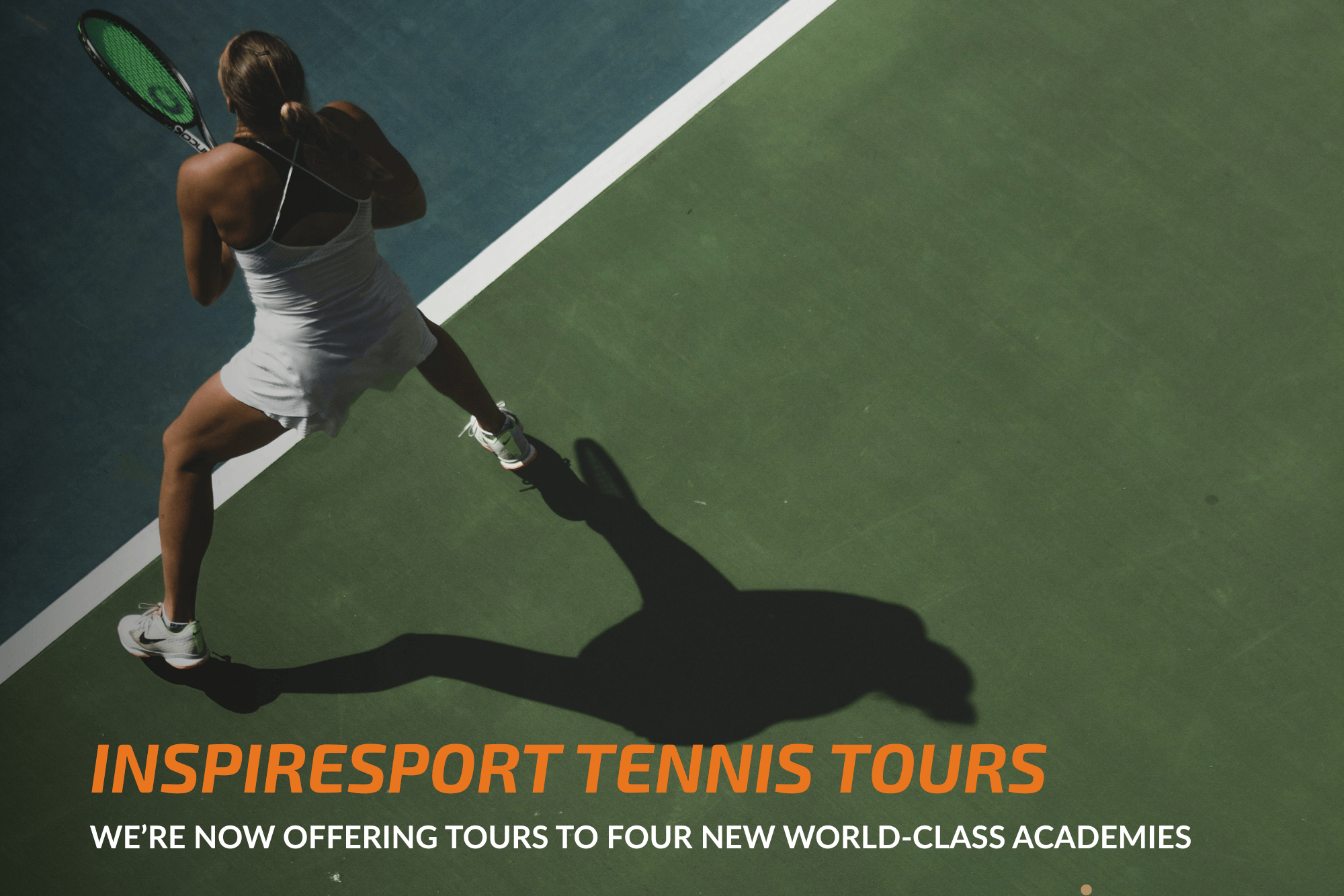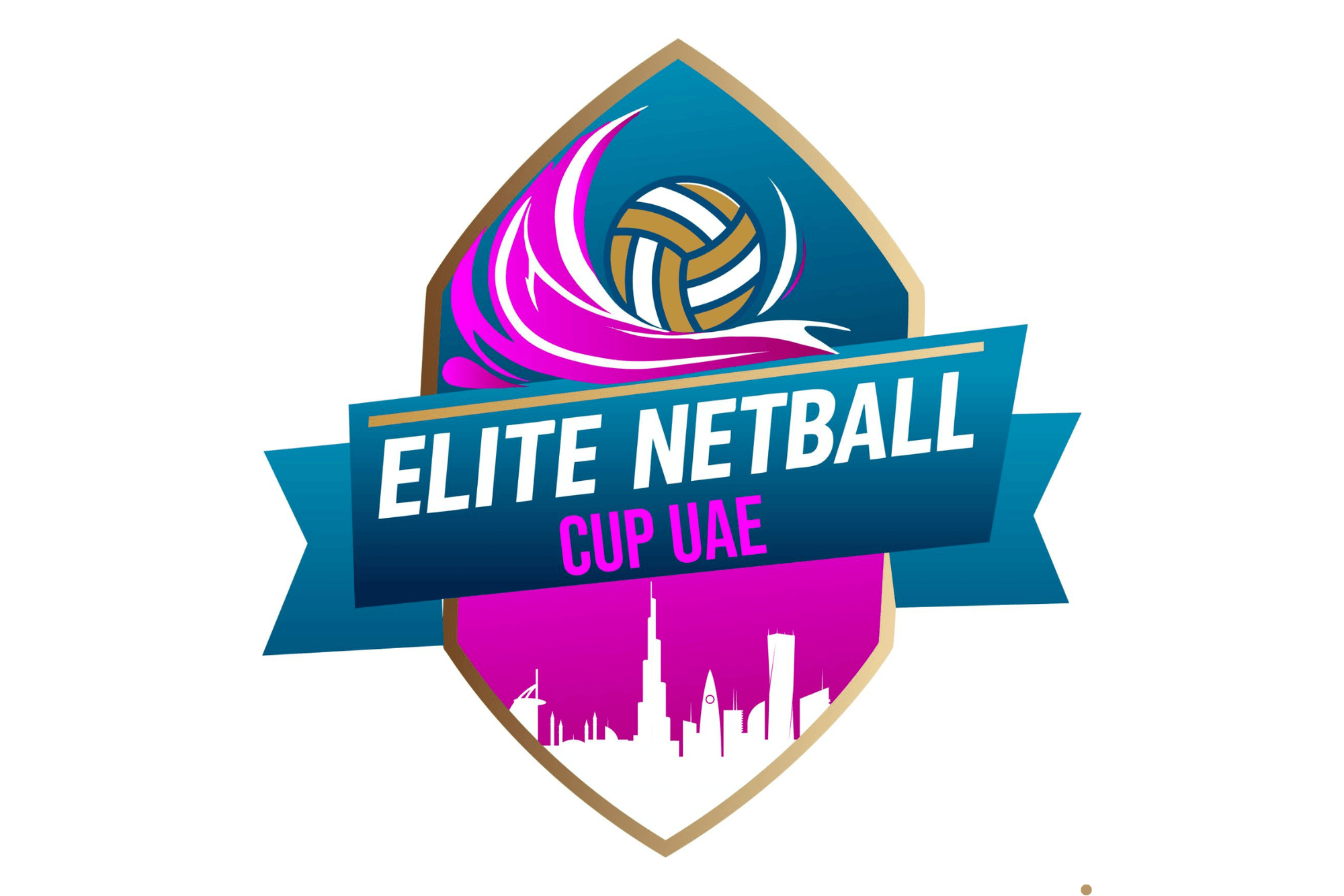Modern athletes and sporting stars such as David Beckham and Jessica Ennis-Hill are an inspiration to many school pupils; especially those that love playing sports. However, it’s not just those that fully engage with your PE lessons that could benefit from gaining some insight into how they prepare for the world stage.
Take a look at how you can take inspiration from both celebrated and upcoming athletes to encourage your students to get involved in daily lessons and extracurricular team sports.
How training can improve performance
Training is an essential part of an athlete’s success, and this includes creating a structured training plan. To improve their performance over time, this should have designated periods of periodisation, such as overload and recovery. As part of this, an effective training schedule will also look at other aspects outside physical fitness. This involves refining other skills such as problem-solving, improving general mind sets, and boosting mental health for long-term progression.
Several different aspects make up an athlete’s overall training programme. Check out how each plays a vital role in advancing sporting success.
Training techniques
Planning is the key to improving overall sporting abilities, and all athletes have to build strength and endurance throughout the season to reduce injury and fatigue. However, as well as devising a strict fitness regime that incorporates elements such as cross training for strength, cardio for workout, and drills and power development to improve explosiveness, it’s also vital to plan in reloads and peak training. Depending on whether an athlete is in season, they may also need to focus on maintaining their current fitness level.
“Periodisation is key, for athletes, as setting time for phases of high-intensity, recovery and maintenance will enhance overall fitness while honing in on specialised skills.” – Flavio Serreti, RomeLoft
A fantastic modern training technique comes from the ability to track everything that an athlete does digitally. In the most basic form, fitness trackers allow athletes to track and measure their progression through their training plan. Kusal Goonewardena a physiotherapist Elite Akademy clinic explains that “fitness trackers are a massive help for fitness and are an athletes partner in health. Apps such as Kinrgize act like a personal trainer, ranking efforts and suggesting new exercises to keep improving. Fitness trackers are brilliant as they are objective, they don’t flatter or deceive, which is a big advantage in understanding abilities and progression. By staying in touch with the tracker athletes can use this information to set goals and gradually increase your fitness and performance. The best thing about trackers is they keep you accountable, increasing the likelihood of committing to achieving the designated goal.”
Downtime
Rest and recovery is another critical aspect in an athlete’s schedule. After intense training and competitive periods, physical and mental fatigue can start to set in. Scheduled deloads provide variation in the training, so they should low intensity exercises or complete rest to encourage recovery before training starts again.
Nutrition
The foundations of a successful athlete start with what they eat and drink. A nutritious diet provides the necessary fuel to keep them going and reduce fatigue levels, though what they consume and when will depend on whether they want to gain weight and muscle, lose it, or simply maintain their current weight. In fact, timing what they eat around the various stages of their training is vital in ensuring they get the nutrition they need. From a nutritious breakfast right through to supplemental snacks, being aware of what you eat and when has never been more important.
Additionally, in different sports, athletes have a variety of needs. As an example, endurance athletes will require higher levels of carbohydrates and calorie intake to complete their high-intensity miles. With that in mind, nutrition should be delivered around an individual sport, as well as being in-line with the athlete’s current goals.
CBD oil, although controversial at first, has been settled as perfect legal and helpful product. At Saracens, England international George Kruis and his Wales club-mate Dominic Day take cannabis oils, capsules and balms which they say help “put our bodies back together”.
Goal setting
“Goal setting is part of the journey. As you reach one milestone, you have to continue to have another objective that’s attainable.” – Andy Abramson, Comunicano
“Goal setting in sport, business, or any other area of your life to critical to actualising your dreams. The key is to write them down, and look at them often. The simple fact is, the majority of people you look up to would be where they are today because of strong goal setting practices.” – David Pagotto Founder and Managing Director of digital marketing agency SIXGUN
“Setting goals in both your personal and business life are key to your success and it is amazing how much you achieve of your goals, when you do this. We have our business plan on two pages and I carry it with me everywhere. It keeps me focused and on track” – Natasha Hawker, Director of Employee Matters
“One way to think of the fundamental importance of goals is to think of getting in your car and not knowing where you are going. Goals give you forward moving direction and drive (pardon the pun). Most of our actions are a goal-directed way of solving a problem – if you are hungry, your goal is to satisfy your hunger, so you go and find something to eat.” – Patrea O’Donoghue, M Psych, MAPS, Positive Psychology Strategies
Goal setting in training should focus on the overall improvement of an athlete rather than simply winning a medal. Focusing on areas that they can control such as speed, strength and endurance will create realistic objectives, which they can re-evaluate once they’ve hit them. Other goals they may wish to focus on also include improving their sleep, nutrition, and lean body mass. No matter the goal, this enables athletes to see how far they can push limits while remaining level-headed about expectations.
“The most effective way to set goals is by breaking them down into bite-sized chunks. If you are working towards a monthly goal of $50,000 in sales and you miss the first month, it’s human nature to not bring the deficit with you into the next month. But if you ties the monthly goals into an annual goal of $600,000 in sales, then any deficit from months where the goal isn’t achieved is carried forward.” – Megan Nolan, Director of PivotPoint Business Consulting
“Actions are what make goals achievable – focus on these and the goal will take care of itself.” – Felicity Cooper, Financial Planner and Founder of Cooper Wealth Management
Joshua Lewis the successful manager director of Dorks Delivered and Business Efficiency Experts adds, “there’s a saying that my father ingrained in me from an early age, it goes, Prior Planning Prevents Poor Performance, and you’ve got to stick with that. There’s so many times that people don’t plan. Planning is paramount. You need to make sure that you’re setting goals and planning how you are going to achieve them.”
Constructive feedback
Feedback should be given to help improve performance based on the initial training plan. This insight will help athletes to see the impact of their performance and highlight where they are against their training targets.
How to inspire students during PE lessons using athlete training techniques
The methods mentioned above can be converted into general PE lessons as a mixture of theory and practise-based activities. Take a look at some of the ways to incorporate each element:
- Set reachable and individual goals with each student – no matter their ability.
- Include nutrition lessons and encourage healthy eating to show pupils the benefits of good fuel for the body.
- Plan fun and engaging lessons for all abilities.
- Incorporate different sports or activities to push endurance, strength, speed and flexibility.
- Give constructive and fair feedback on performance to improve capabilities.
- Encourage downtime and arrange fun activities such as a sports tour to develop peer-to-peer interaction.
Not only will this type of inspiration and training boost physical fitness and participation in PE lessons, it can also help to improve overall motivation and performance in education across the board.






